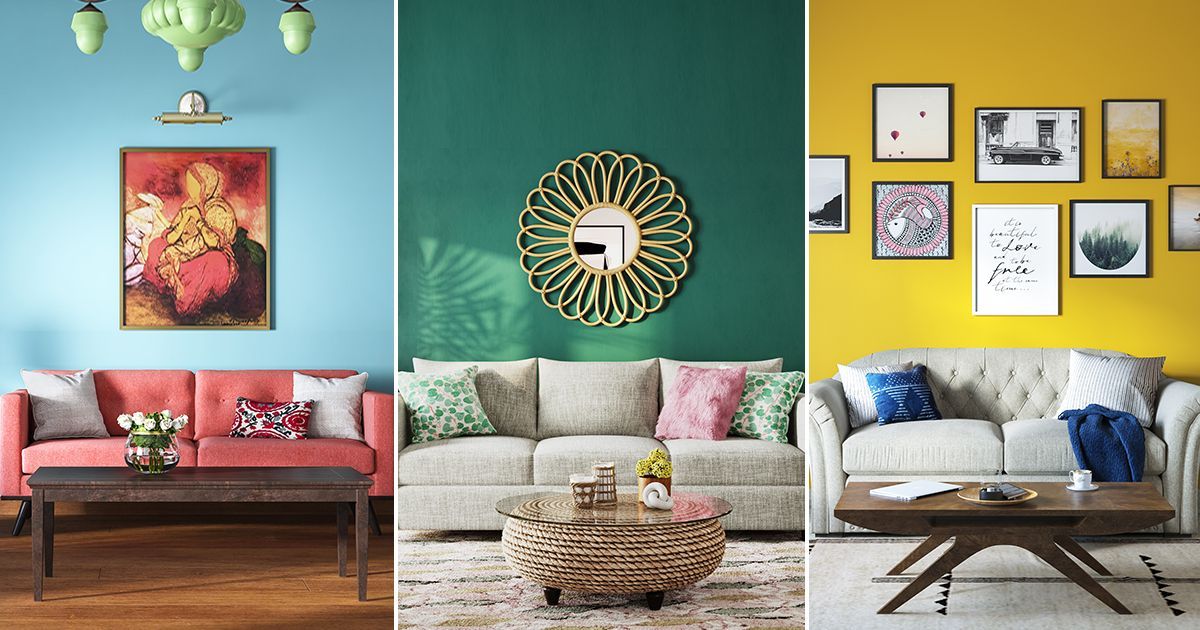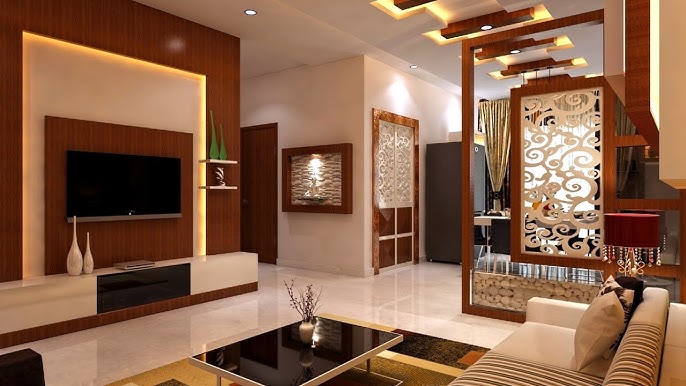Achieve premium miami luxury interior design for an upscale and refined atmosphere.
Achieve premium miami luxury interior design for an upscale and refined atmosphere.
Blog Article
Transform Your Home With Essential Principles of Interior Decoration and Aesthetics
By recognizing the effect of color concept and the significance of appearance and patterns, one can develop spaces that are not only visually appealing yet also deeply personal. Achieving this stability includes even more than plain decoration; it incorporates a tactical plan and a keen understanding of exactly how each component communicates within a space.
Comprehending Color Theory
Shade theory is a fundamental aspect of interior decoration that substantially influences state of mind, understanding, and general visual. Understanding the concepts of color concept permits designers to create rooms that reverberate mentally with occupants while meeting functional needs (miami interior design). Colors can be categorized right into 3 main types: key, second, and tertiary. Each classification plays a critical function in developing consistency within a room.
The psychological impact of shades is extensive; cozy shades such as reds and oranges evoke energy and warmth, while amazing tones like blues and greens advertise calmness and harmony. The usage of corresponding shades enhances aesthetic rate of interest, creating striking contrasts that can raise an area's charm.
Neutral colors, on the various other hand, function as a flexible backdrop, enabling various other style components to beam. It is important to consider variables such as lights and the area's function when picking a shade combination, as these can change the understanding of colors throughout the day.
Inevitably, a well-considered color design can change a space, cultivating a sense of comfort and style that lines up with the occupants' choices. Mastery of color theory is, for that reason, an important skill for any kind of indoor designer aiming to create harmonious and welcoming settings.
Attaining Balance in Design
How can designers attain a sense of balance in their rooms? Accomplishing balance in layout is fundamental to developing unified insides.
Unbalanced balance, on the various other hand, counts on differing aspects that still attain a natural look. This approach permits even more dynamic and informal plans, providing rate of interest while keeping stability. By carefully selecting differing sizes, shades, and textures, developers can produce a visually engaging room that feels well balanced yet energised.
Radial balance emphasizes a central prime focus with components radiating outside. This design is commonly seen in round designs, where furniture and design develop a cohesive surround that attracts the eye inward.
Ultimately, accomplishing balance needs thoughtful factor to consider of scale, percentage, and the partnerships between aspects. miami luxury interior design. By masterfully applying these balance concepts, developers can transform spaces into settings that really feel both cosmetically pleasing and functionally unified, enhancing the general experience for passengers
Significance of Spatial Understanding

A keen feeling of spatial recognition enables developers to recognize focal points within an area, directing the audience's focus to vital functions while keeping a general sense of unity. It also helps in the critical placement of illumination, which can substantially affect the understanding of space and state of mind. Recognizing spatial connections enables the designer to cater to the specific requirements of residents, ensuring that each area offers its desired function without compromising aesthetics.
Inevitably, spatial recognition is essential for maximizing the potential of any type of interior space. By very carefully thinking about the interaction in between dimensions, design, and function, designers can create atmospheres that not go now just fulfill sensible requirements however likewise evoke a feeling of convenience and beauty, boosting the general living experience.
Including Texture and Patterns
Embracing a varied variety of structures and patterns can substantially enhance the visual and responsive appeal of an indoor room. The calculated use of numerous products-- such as wood, steel, material, and stone-- develops depth and passion, making a space feel much more welcoming and dynamic. For instance, incorporating smooth surfaces with rough structures can develop an equilibrium that attracts the eye and involves the senses.
When integrating patterns, take into consideration both scale and repeating. Big patterns can work as prime focus, while smaller, subtle designs can complement other components without frustrating the room. Layering patterns, such as pairing floral paddings with striped tosses, includes intricacy and a feeling of consistency if carried out thoughtfully.
It is additionally essential to preserve a cohesive shade palette, making sure that structures and patterns collaborate as opposed to compete for focus. By choosing a few essential appearances and patterns, you can produce an unified visual that reflects your personal design while improving the general atmosphere of the room. Inevitably, the mindful consolidation of these elements can change an ordinary room into a sophisticated setting abundant with character and warmth.
Individualizing Your Room
Producing a space that reflects your individuality is important to attaining an absolutely inviting atmosphere. Customization in indoor design allows you to instill your unique design and interests into your home, transforming it from a plain sanctuary right into a refuge that speaks with who you are. Begin by picking a color combination that resonates with your feelings-- bold hues can invigorate, while soft tones supply tranquility.
Incorporate see this site artwork and decoration that mirror your enthusiasms, whether it be traveling, nature, or abstract ideas. Displaying individual collections, such as publications, pictures, or keepsakes, can stimulate valued memories and create focal points within a space. Furthermore, take into consideration tailoring practical pieces, like upholstered furniture, to straighten with your aesthetic choices.

Conclusion
To conclude, the transformation of a home through the important principles of interior style and aesthetic appeal demands a thorough understanding of shade concept, equilibrium, spatial recognition, structure, and customization. Each aspect contributes considerably to creating a harmonious Get the facts and useful living setting - interior design firms. By attentively incorporating these concepts, individuals can improve the aesthetic charm and emotional resonance of their spaces, eventually cultivating a home that mirrors special identifications while supplying comfort and usefulness
Report this page